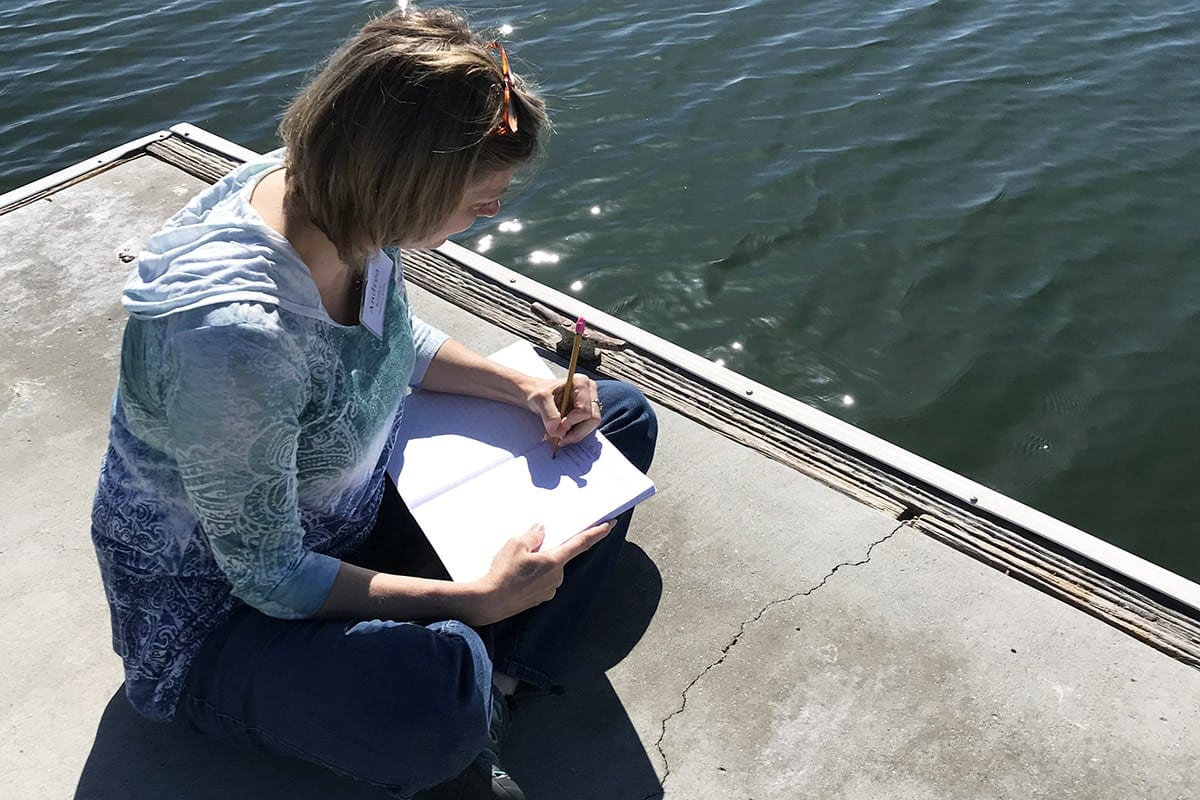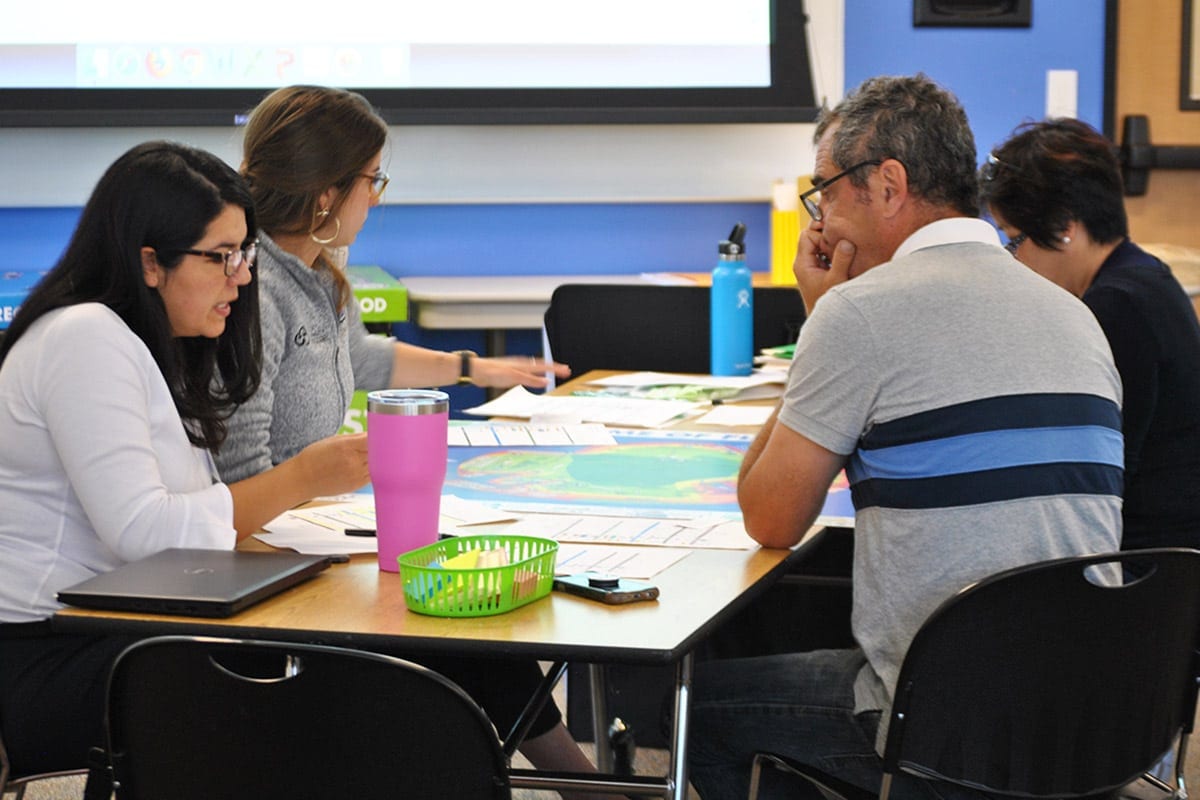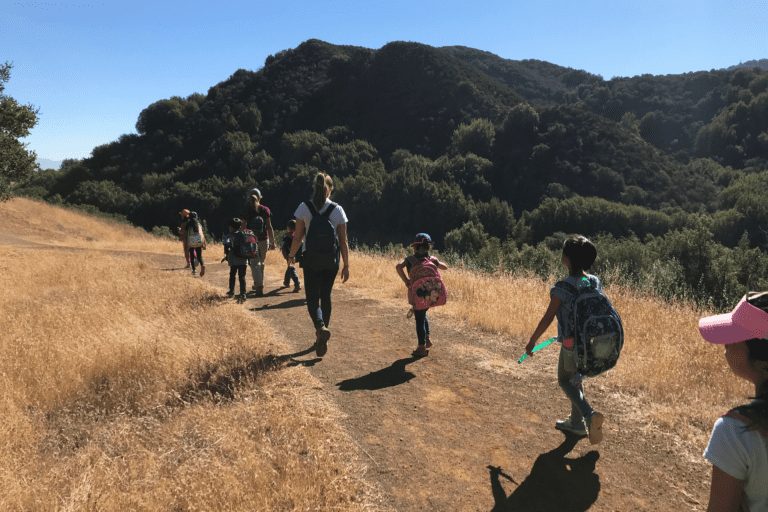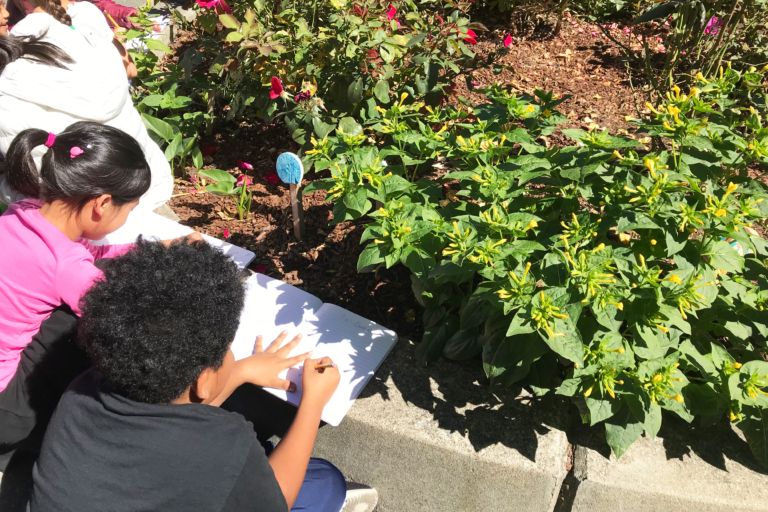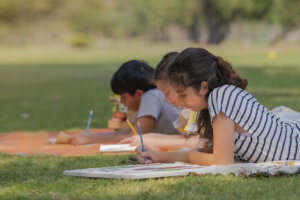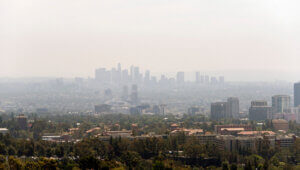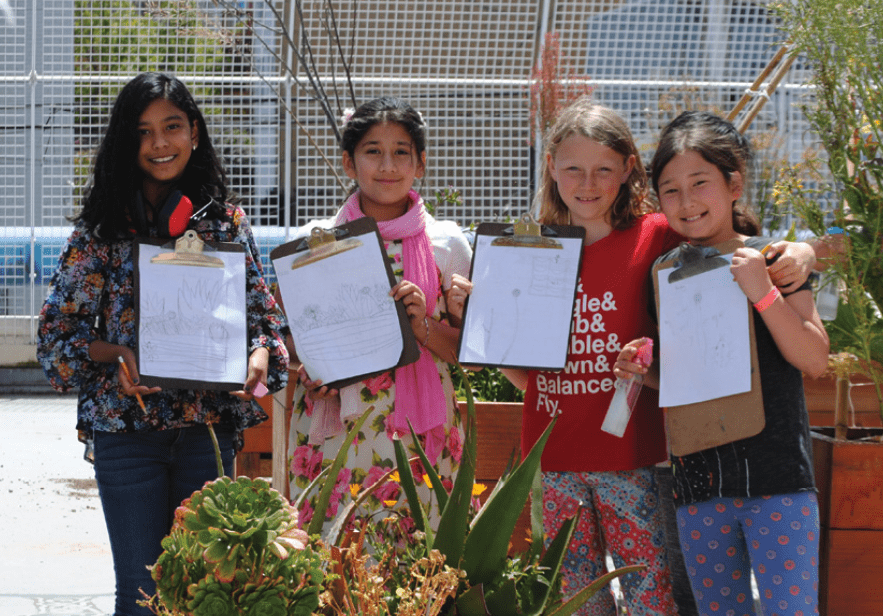I have always loved science and the outdoors. Prior to becoming a classroom teacher, I worked as an outdoor educator and had the pleasure of hiking through the redwoods with groups of fifth and sixth grade students. I majored in science as an undergraduate and consider myself to be a scientist. When I joined my current school in Daly City, CA, my partner teachers had a rich science curriculum that they were using for the whole second grade. They used Full Option Science System (FOSS) and engaged the students in exciting hands-on units such as exploring the life cycle of a mealworm or investigating magnetism. My teaching team is a passionate one, and dedicated to experiential learning, but we are also committed to standards-based education, and it didn’t take long for us to realize that the version of FOSS we were using was not aligned to the new Next Generation Science Standards (NGSS). We searched and found some online curriculum that was NGSS-aligned, and tried it out for a year, but did not find that it engaged the students in scientific inquiry or the experimental process—two essential components of science education. We felt stuck between our old curriculum and the new standards, and knew it was time for a change.
This is why I was so excited to hear about the San Mateo Environmental Learning Collaborative (SMELC) institute. I received an email from our principal about the institute, and immediately jumped on the opportunity. I was thrilled when I learned that one of my partner teachers, Andrea, would be able to join me at the institute. I was so excited to get a better understanding of the NGSS, incorporate environmental principles, and most importantly, have time to create and plan. As teachers, we often go to inspiring professional development but then struggle to follow through due to a lack of time or resources. SMELC was different. I knew we would be expected to create a unit at the end of the institute, and looked forward to attending professional development that came with such a high level of accountability and such a useful outcome.
The SMELC institute started off strong—we immediately dove into a sample NGSS- and environment-based unit. To be totally honest, I felt completely overwhelmed. The number of acronyms, standards, and resources that I was being asked to comprehend and integrate was tremendous. But the educators at the institute were very supportive and helped us see connections and sort out the mountains of information. I quickly began to make meaning of the acronyms and see connections between science and environmental standards. I began to see how relevant, meaningful, and urgent the curriculum was. I was eager to develop something that presented our students with equally important problems and opportunities for learning and thinking of change.
By day two we were already beginning to work on our very own unit. Andrea and I wanted to start with a local, natural phenomenon that our students could easily observe. At the same time, we wanted to end the unit with an environmental problem that would get our students thinking beyond the borders of our school. We were becoming more adept at navigating the variety of standards that we had learned, and wanted to develop a unit that was rooted in the standards and also locally-based. Furthermore, we wanted to make our unit as interdisciplinary as possible, finding ways to integrate reading, writing, math, and even some art! We certainly had our work cut out for us.
We got to work over the next few days, and with the support of the facilitators and partner organizations, managed to develop a unit that met many of our goals. Our unit is titled, “Healthy Habitats,” and begins with students observing various habitats at our school site. We ask questions such as: What is living and what is non-living? Why is the habitat on the field different from the habitat on the blacktop? How do humans influence habitats in positive and negative ways? How can we create healthier habitats at Skyline School? How can we create and maintain healthier habitats in other places outside of our school?
A major highlight of our unit is our partnership with Hidden Villa, an environmental education organization based in the Los Gatos hills. We were fortunate to take a field trip to Hidden Villa. The staff from Hidden Villa had come to our school to do some pre-visit work with our students. They focused on the habitats we would be seeing at Hidden Villa, and taught our students about why different animal and plant species are more suitable for different types of habitats. Our students were introduced to decomposers and the valuable role they play in an ecosystem. They still quote their Hidden Villa instructor when we discuss decomposers: “munch munch munch, wiggle wiggle wiggle, poop poop poop!” They got the point, to say the least!
At Hidden Villa, our students were able to observe and interact with multiple healthy habitats. They walked through a vibrant forest that was home to banana slugs, diverse plant species, and deer. They sampled plants and fruits in a bountiful garden, and fed animals on a farm that featured a variety of livestock. Thanks to the skilled educators at Hidden Villa, our students’ day focused on the habitats they were visiting, and the roles each component of the habitat played in maintaining a healthy ecosystem. Our students had a wonderful time, and it was a treat to spend the day in nature learning from the educators at Hidden Villa.
Upon returning to school, our students were able to think more critically about what they were observing in our school environment, and what components of a healthy habitat might be absent. We were able to dive more deeply into topics such as the components of a functioning ecosystem, biodiversity, and human impact.
One goal of our professional development with SMELC was for our students to see themselves as solutionaries, and we have truly seen this transformation! Our students have been able to identify problems at our school, such as trash on our campus and a lack of biodiversity, and how these can impact the function of an ecosystem. They have taken it upon themselves to start proposing solutions to these problems. The other day, a student found my partner teacher after school to share with her a poster that he had created encouraging other students to pick up any trash that they find. My students are eager to write to our principal asking her to fund more garden beds so that our school might have more biodiversity throughout the campus. The students have also proposed more trash cans near the yard so that garbage can be easily disposed of, and are now encouraging waste free lunches so there is less garbage generated. One student had the idea of starting a “care for the earth day” for all students at the school to get involved in cleaning up the campus and planting new plants. Not only are our students considering how they can help, but they are also thinking about how to encourage their peers to get involved as well!
We are so thrilled with what our students have learned, and the agency that they feel at the culmination of this unit. Thanks to SMELC, we were able to create a comprehensive unit that introduced our students to issues on our campus, and what is possible when an environment is well cared for. We are eager to work with our students to start implementing some of their solutions, and are excited to see where their futures as solutionaries will inspire them next.
